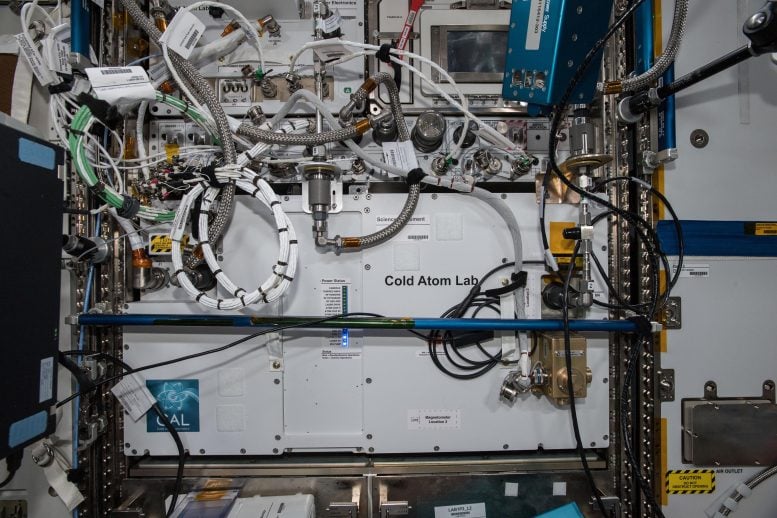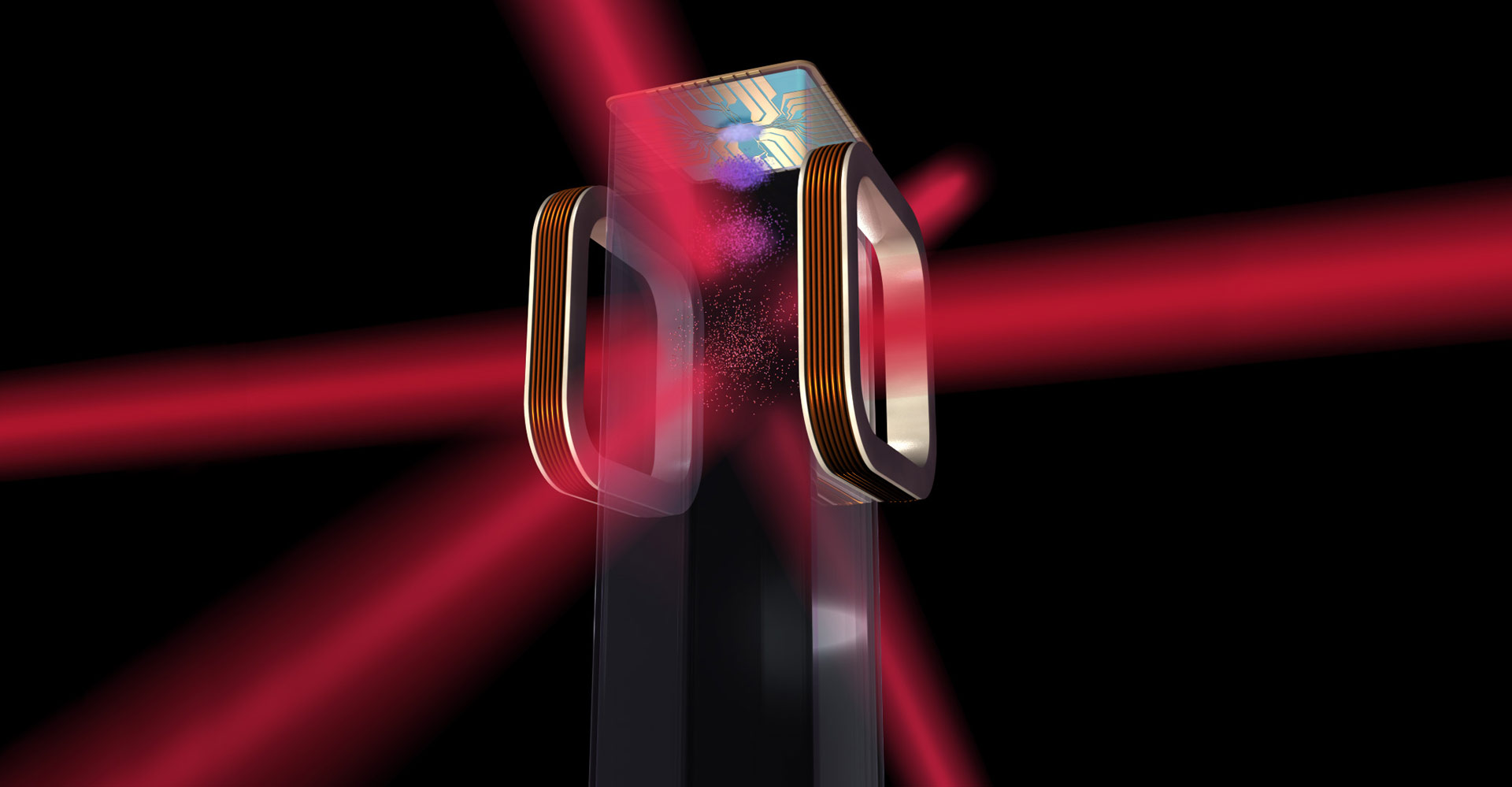NASA’s Cold Atom Laboratory on the International Space Station is regularly the coldest known spot in the universe. But why are scientists producing clouds of atoms a fraction of a degree above 
Gravitational Insights and Beyond
Space-based sensors that can measure gravity with high precision have a wide range of potential applications. For instance, they could reveal the composition of planets and moons in our solar system, because different materials have different densities that create subtle variations in gravity.
This type of measurement is already being performed by the U.S.-German collaboration GRACE-FO (Gravity Recovery and Climate Experiment Follow-on), which detects slight changes in gravity to track the movement of water and ice on Earth. An atom interferometer could provide additional precision and stability, revealing more detail about surface mass changes.
Precise measurements of gravity could also offer insights into the nature of dark matter and dark energy, two major cosmological mysteries. Dark matter is an invisible substance five times more common in the universe than the “regular” matter that composes planets, stars, and everything else we can see. Dark energy is the name given to the unknown driver of the universe’s accelerating expansion.
“Atom interferometry could also be used to test Einstein’s theory of general relativity in new ways,” said University of Virginia professor Cass Sackett, a Cold Atom Lab principal investigator and co-author of the new study. “This is the basic theory explaining the large-scale structure of our universe, and we know that there are aspects of the theory that we don’t understand correctly. This technology may help us fill in those gaps and give us a more complete picture of the reality we inhabit.”
NASA’s Cold Atom Lab studies the quantum nature of atoms, the building blocks of our universe, in a place that is out of this world – the International Space Station. This animated explainer explores what quantum science is and why NASA wants to do it in space. Credit: NASA/lab cools atoms to almost absolute zero, or minus 459 degrees DOI: 10.1038/s41467-024-50585-6
More About the Cold Atom Lab
NASA’s Cold Atom Lab, situated aboard the International Space Station (ISS), represents a groundbreaking effort to harness quantum technology in the unique microgravity environment of space. Launched in 2018, this compact laboratory, about the size of a minifridge, cools atoms to nearly absolute zero, creating conditions where quantum phenomena can be observed more clearly than on Earth.
The lab’s primary tool, an atom interferometer, enables precise measurements of gravitational forces, offering insights into the fundamental nature of gravity and potential clues about dark matter and dark energy. By exploiting the prolonged state of freefall aboard the ISS, the Cold Atom Lab provides an unparalleled platform for advancing quantum science, potentially leading to new technologies and deeper understanding of the universe.



















Discussion about this post